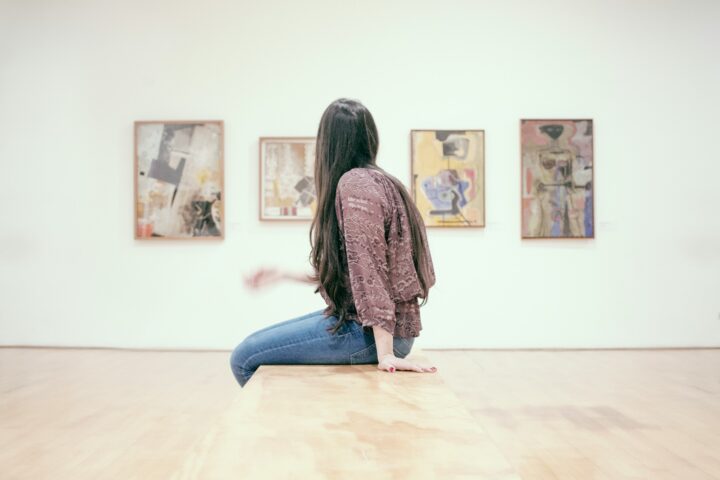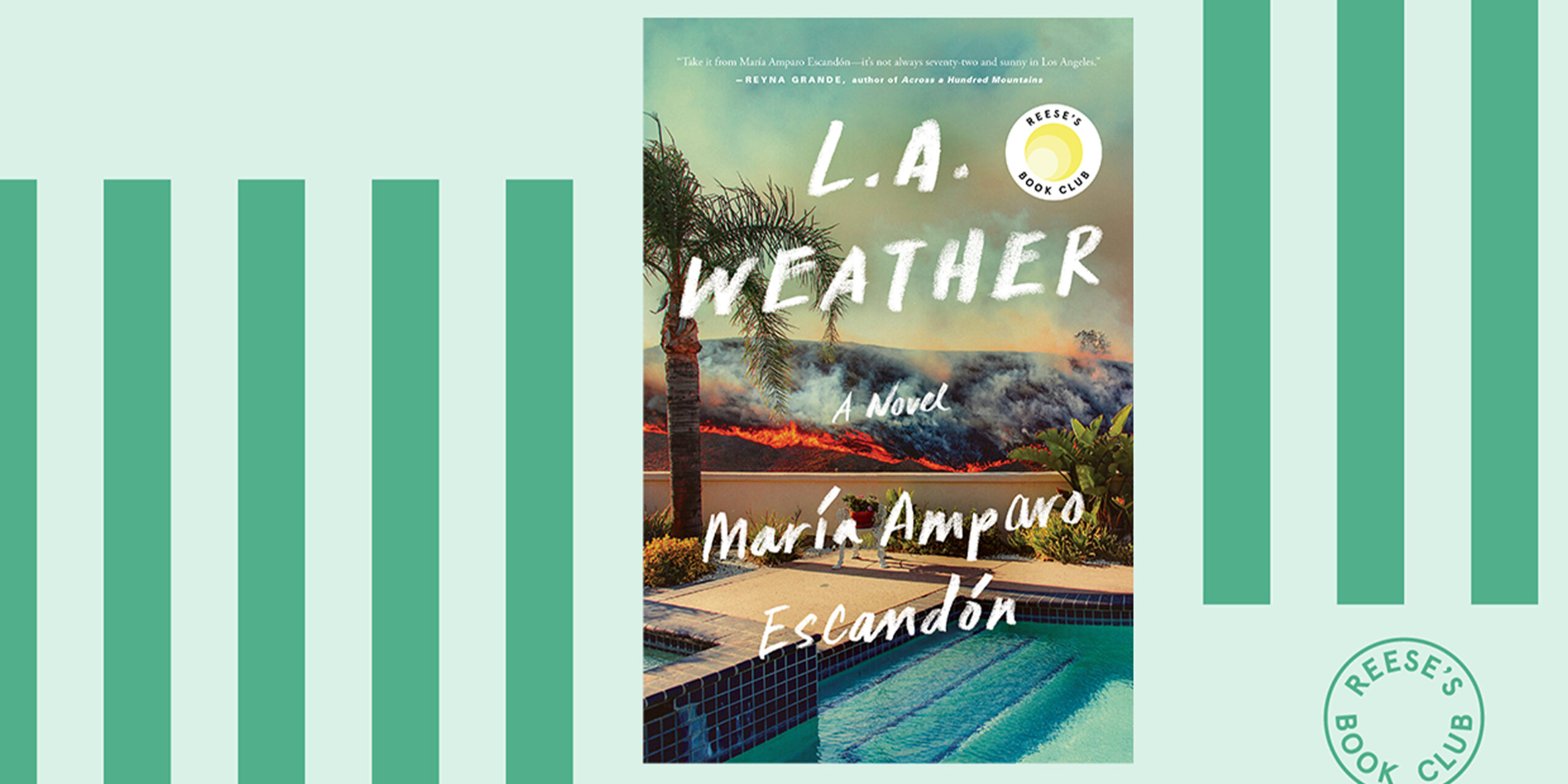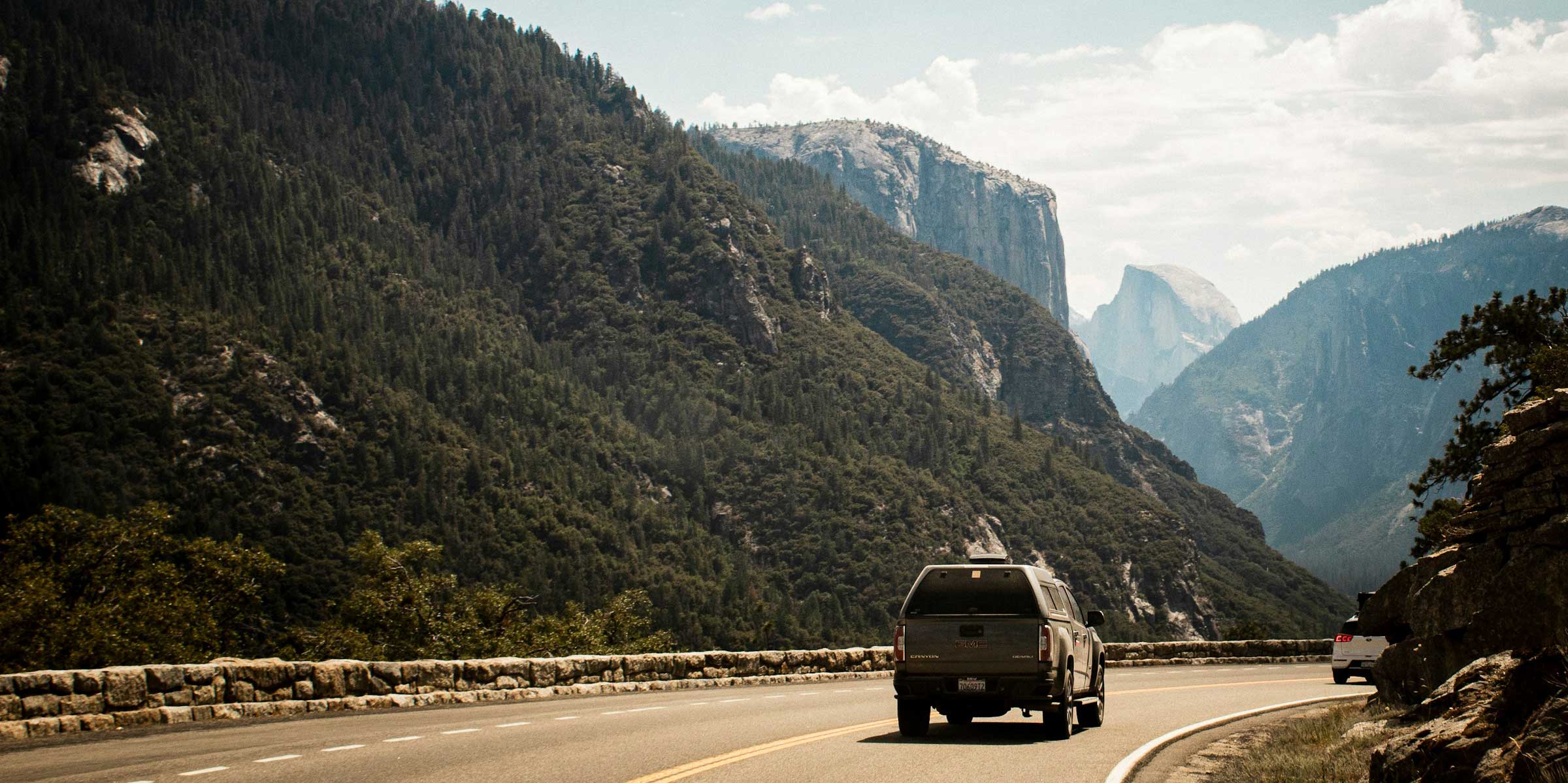During my first week working at MOCA in downtown L.A., my coworkers invited me to a welcome picnic at a little park beneath one of the skyscrapers.
As the dozen of us strolled to the patch of grass, I secretly inventoried our differences, internal and external. The sheer number made me blush. As I said, I was new, but not just new to the museum.
A native Vermonter, I was new to L.A., to the glamorous, light-drenched West, to the art world, to conversations that started with favorite shabu-shabu restaurants and ended with head-shakes over Matthew Barney’s latest Cremaster movie.
And then there was the way I dressed. My coworkers—all women—were barelegged. I wore tights. They wore sandals. I clunked along in mary janes. They had purses. I lugged a bookbag because I had never owned a purse, and all I possessed to carry my wallet and lunch was this bulky, black-leather buckled affair that my father had bought from an office store when he found out I’d gotten a job in the big city. It bonked my side, heavy as a small dog.
We settled on the grass together, and I sweltered as I listened to my future friends: designers, administrators, and marketers who’d come from all over the country but had all lived in L.A. for years. Ed Ruscha’s name cropped up. Ed Roo-SHAY. I mentally slotted in a correction for the artist that I’d thought was pronounced Ed Russia. I knew that pictures from Ruscha’s famous series of Sunset Boulevard buildings appeared in our galleries. I knew that Sunset Boulevard ran through Hollywood and that I lived in Hollywood, which meant that every day I was driving by a landscape that had inspired a great contemporary artist. My daily commute had never been so illuminated, so preserved, but neither had I ever popped in for drinks at a bar where F. Scott Fitzgerald had once eaten, or seen a famous movie like Dr. Zhivago in the actual theater where it had premiered in 1965.
That first year, I remember feeling like the legends of lost L.A. were everywhere, behind the billboards, beneath dusty strip malls, tucked in marble stairwells that had never been updated, and that I was walking on ghosts. It’s only looking back that I realize that I was part of L.A. history, and not beyond it at all. When our museum hosted a huge Andy Warhol exhibition, we threw the gala for it behind the museum’s loading dock, bringing hundreds of guests downtown for an unforgettable street party. MOCA launched the first major survey of Laura Owens’ work and a massive retrospective of minimal art. My office looked out onto the construction site for Frank Gehry’s shimmering concert hall, and several blocks beyond, the new cathedral was rising. All around me, I spotted signs of the major developments to come.
“It’s not just a passage through a place and time. It’s a passage through the self we were, and the self that California begins to make of us.”
Towards the end of my time at MOCA, I worked on a book about the museum with Leonard Nimoy, whose wife, Susan Bay Nimoy, was on the museum’s board. I was writing the narrative and Nimoy had volunteered (or been volunteered) to take photos of some of its key players. After the shoots, we sometimes grabbed a coffee in the museum café. One day Nimoy told me and his assistants about his own arrival in L.A. He’d come on the train from the East Coast, in a blue wool suit that had looked very smart in New Jersey. That suit was horribly wrong from the moment I arrived in Pasadena, he told us genially. So heavy and hot. Nimoy recalled walking a long way from the station, sweating buckets. I knew just the kind of endless walk he was talking about. It’s not just a passage through a place and time. It’s a passage through the self we were, and the self that California begins to make of those of us who journey there. And it’s hard work, in a lot of bright light.
Maggie Richter, my protagonist, has to solve the mystery of a woman’s disappearance, at a mounting risk to her own life. I only had to get through the 101 traffic on time, and write about art. But I loved taking what I knew about the vibrant characters and the high stakes of the art world and putting them into this mystery. And I loved making Maggie as provincial and inquisitive as I was in 2001, scrutinizing exhibition catalogues, prepping for interviews, watching the MOCA’s incredible crew build the installations, in order to find the most interesting aspects of the museum to share with our viewers. I even loved making Maggie embarrassed, hurt, reckless, yearning, and thrown from a cranky horse, all of which I’ve been in my life. One of the great gifts of being an author is reliving your best and worst moments over, and writing the next scene: imagining, rooting, for who else you could become.



